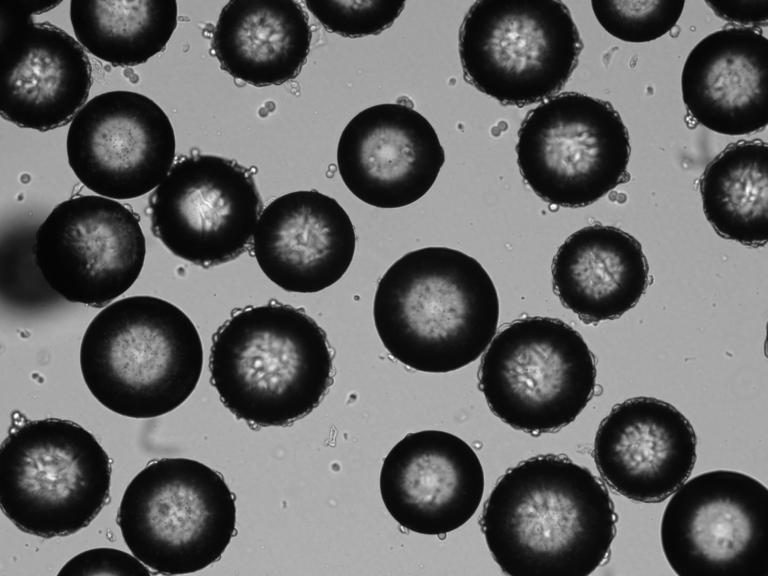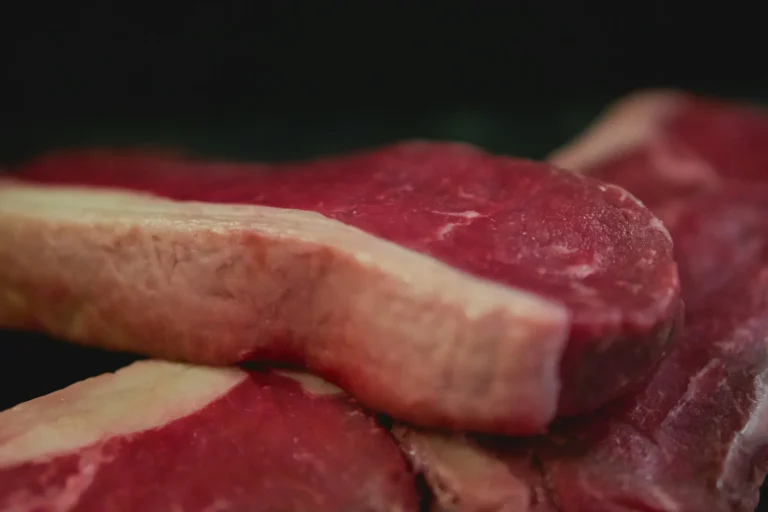The global food supply chain faces a perfect storm of threats in the coming decades. From climate change to population growth, concerns over food scarcity are a worldwide issue.
Damaging effects are likely to be seen first in the developing world, where a rapid shift towards urbanisation and an imbalance in supply and demand could further impact access to nutritionally dense foods.
With the global population projected to reach 9.8bn by 2050, cellular agriculture – and the development of cultured meat and seafood – is considered by many experts as a viable alternative to traditional agricultural practices.
New technologies, such as the unique bioprocess developed by CellRev, offer the chance to harness cellular agriculture on a commercial scale.
What is cellular agriculture?
Cellular agriculture is the process of creating animal proteins and products without the need to breed and raise animals. The end product is designed to be the same or better (and is in essence made of the same thing), albeit grown in a lab rather than being raised in a field.
Changing attitudes and building new food systems will take time, education, and collaboration on a vast scale. A seismic change is needed to develop a food system that can withstand the challenges we face, and our innovative bioprocess could unlock the potential of this nascent field.
The unique process developed by CellRev is critical to ensuring cellular agriculture and cultivated food products are seen as an attractive alternative to traditional agriculture and factory farming – while practically meeting a growing global demand for food.
Why do we need to change the way we eat?
Our current food system relies on a delicate balance of environmental, ethical, and financial considerations. This system is already under pressure due to climate change, population growth, and spreading prosperity.
Many organisations agree we need to find new solutions to help future-proof the food chain:
- Wasted and discarded food is a major issue of our time, with the World Food Programme aiming to halve food waste by 2030.
- As prosperity spreads and living standards rise around the globe, demand for high-protein diets also rises. In general, a prosperous diet includes a higher consumption of meat, fish, and eggs.
- Industrial agriculture is a contributor to global warming, relying on vast quantities of both water and land.
- The Intergovernmental Panel on Climate Change (IPCC) has highlighted food scarcity as one of the vulnerabilities humanity could face as a result of climate change.
- Climate change could impact the availability of natural resources and limit nutritional quality and yield, making current agricultural practices more complex.
- Farming on an industrial scale can also contribute to a loss of biodiversity and accelerate soil erosion, causing an additional environmental burden.
- Food producers and distributors feel pressure to cut corners in a bid to keep up with growing demand, which could lead to practices that are out of step with both animal welfare and environmental concerns.
Building a more sustainable food system
There are ways for consumers to make more sustainable choices in the foods they eat and the food producers they support, including avoiding overconsumption and buying seasonal produce where possible. This can help limit food waste and reduce the steps in the food supply chain.
While these changes have a positive effect, they fail to tackle the problem of sustainability at the highest production and distribution level. Greater ingenuity is required to help avoid food shortages, particularly in geographical areas where local food production is limited and urban areas where so-called ‘food deserts’ can make it difficult to access healthy, nutritious food.
To maintain good health, we need to ensure future generations can enjoy a diet that is varied and rich in nutrients. This is likely to mean rethinking our current approach to both food production and distribution.
Cellular agriculture, as championed by CellRev, could play a pivotal role in this shift.
The future of sustainable food production
In contrast to the limitations of batch processing, CellRev’s continuous bioprocessing technology unlocks the potential of adherent cell culture, creating a steady-state environment in which cells can grow and then be harvested continuously.
The technology’s ability to control detachment rates means commercial production is possible. The company has removed surface area as the limiting factor, a first for adherent cell culture that creates significant operational efficiency.
This ingenuity makes CellRev’s technology a crucial tool in solving the oncoming food crisis. By harnessing the power of science and technology, we can rebuild the food system to ensure healthy, nutritious, and varied diets are accessible to all.


